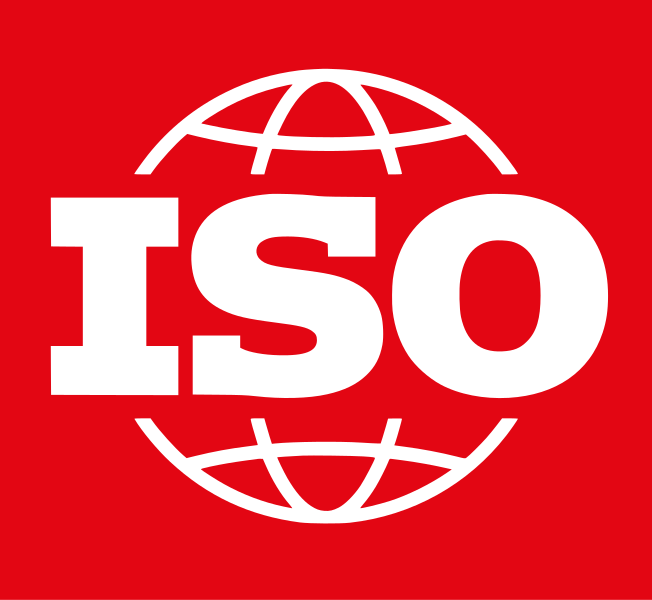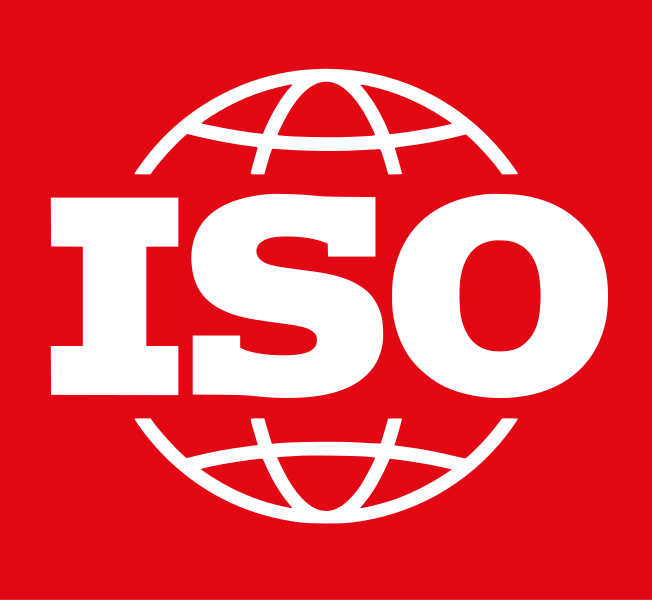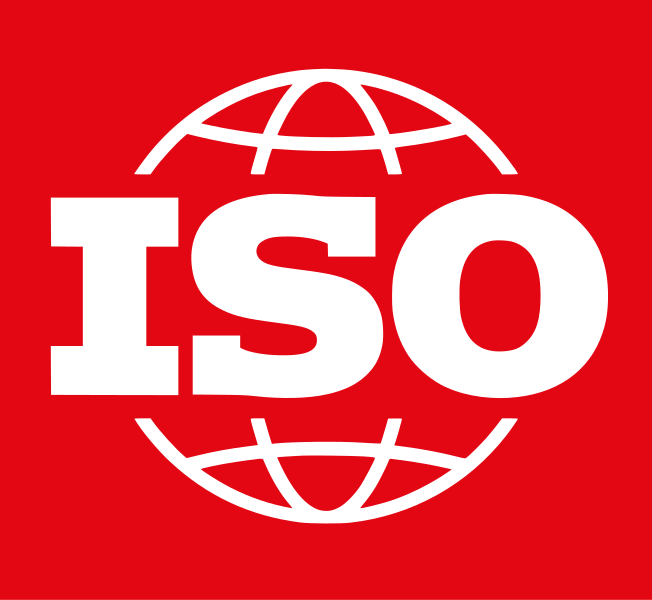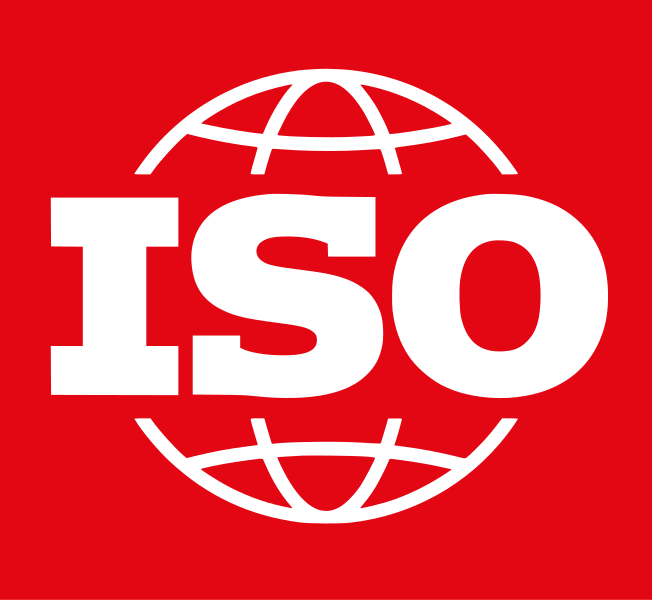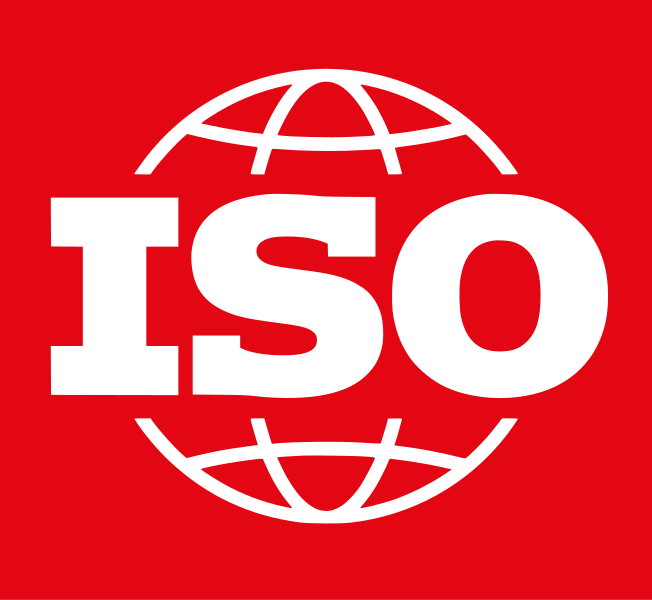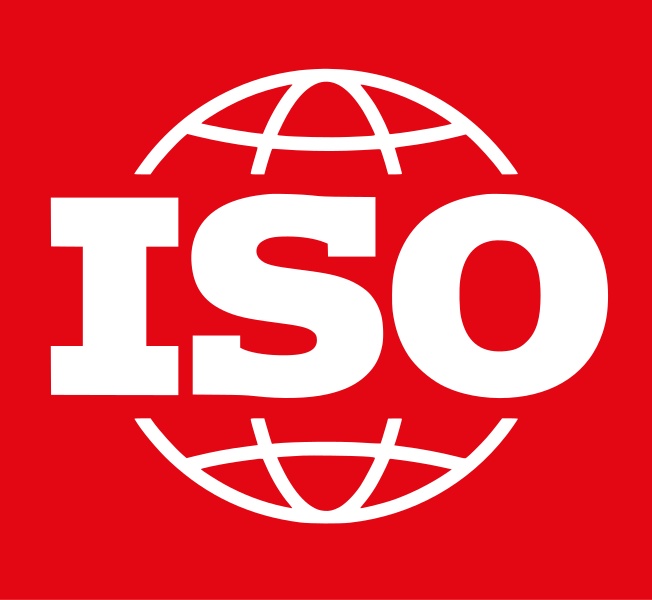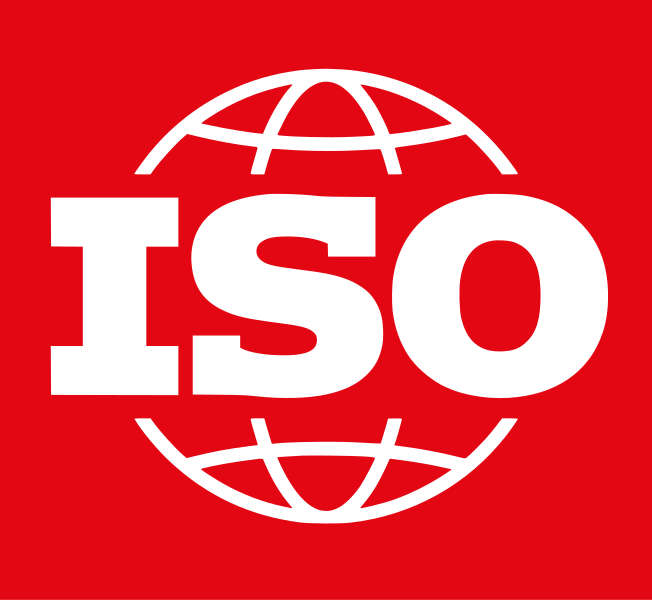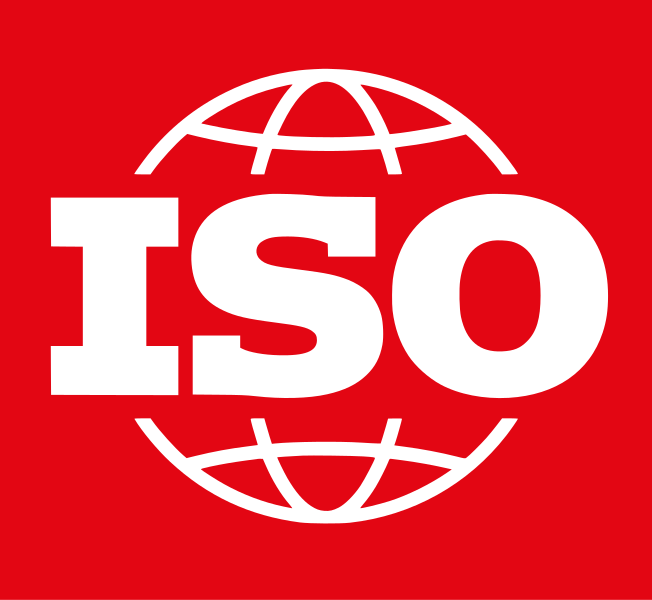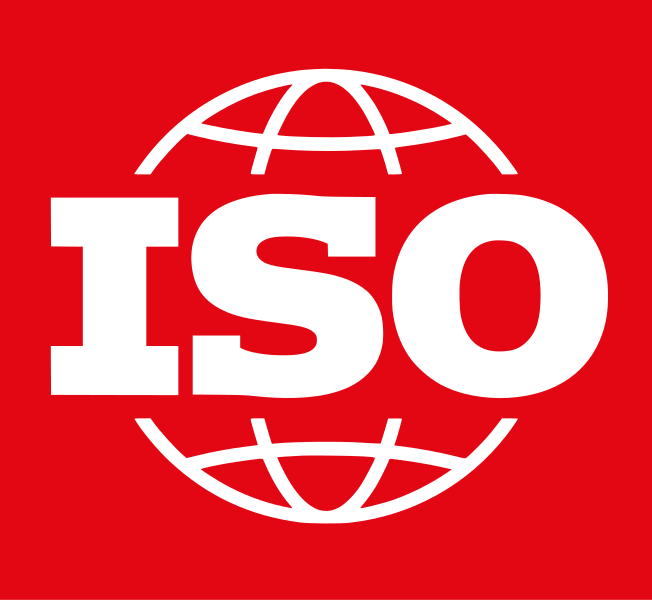Intelligent transport systems (ITS) — Guidance protocol via personal ITS station for advisory safety systems — Part 1: General information and use case definitions
ISO/TR 13184-1:2013 specifies guidance information protocol to provide real-time decision support system to drivers or pedestrians using personal ITS stations:
a) Reference architecture for real-time decision support systems This reference architecture provides a general structure for real-time decision support systems and the method of message exchange between the personal ITS station and the roadside ITS station. This reference architecture is used to build the interconnections between personal ITS stations and roadside ITS stations.
b) Design method of application protocols for light-weighted devices This method is a flexible application protocol for safety warning and parking guidance services. Unlike many other application protocols in the ITS and Telematics domains, this protocol makes the client part independent of use cases for supporting light-weighted devices.
c) Use cases at the road and parking bays for warning and parking guide ISO/TR 13184-1:2013 describes the use cases applicable to the communication services between personal ITS stations and roadside ITS stations for the purposes of providing safety warning and parking guidance.
